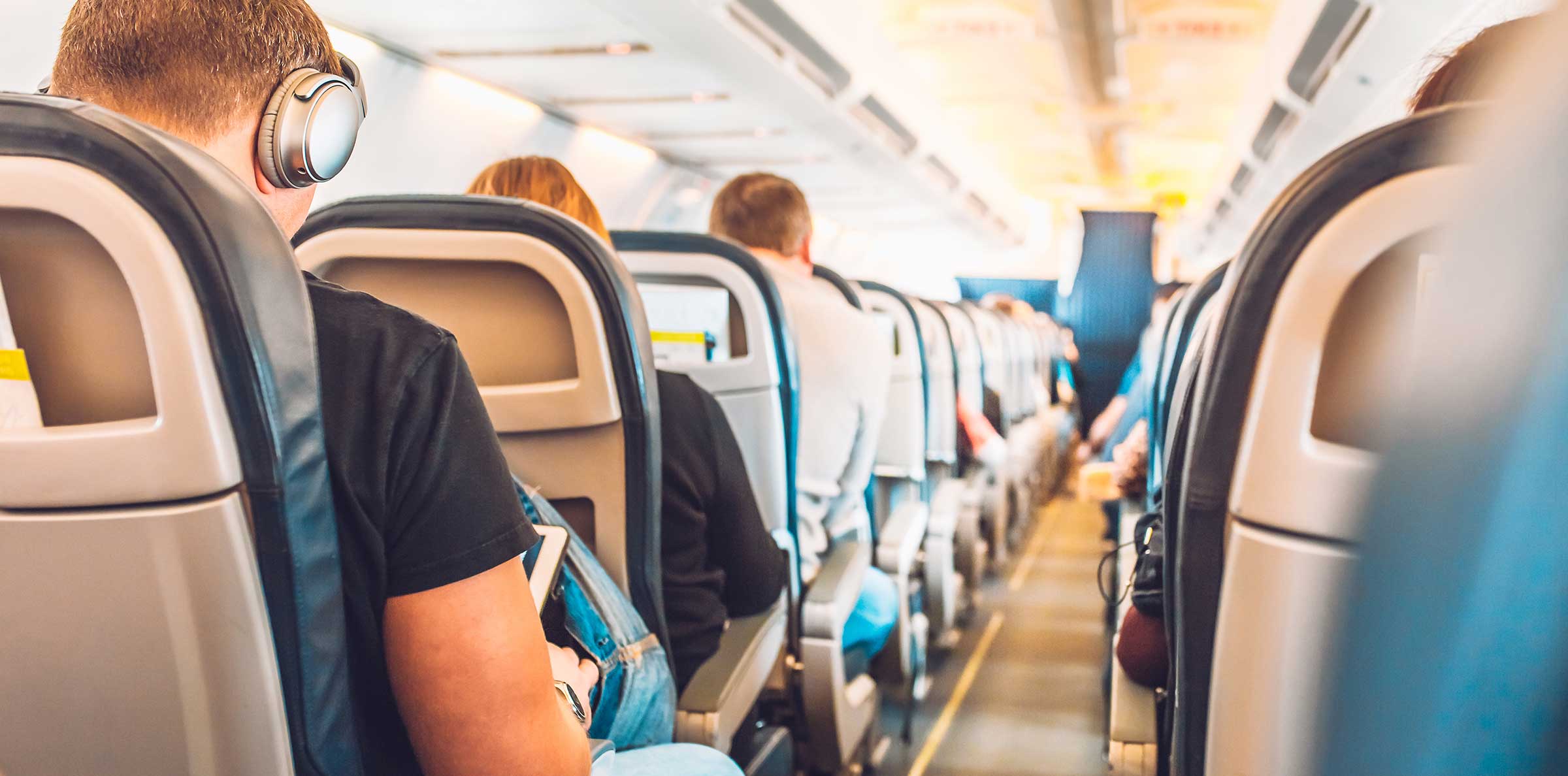{{item.title}}

A little while ago, I bought a one-way ticket from Melbourne to London. The price advertised directly by the airline was AU$1,400 while an agent was selling the exact same flight for AU$1,200. Being a rational consumer, I naturally bought the ticket from the agent and walked away with the $200 saving.
While I was a happy customer, it’s likely the airline suffered from their oversight: the marketing costs, commissions and fees from these retailers’ global distribution system — which links inventory and transacts in real-time — they would have paid for my ticket added costs that resulted in lower revenues (and margins) from the cheaper ticket price. It’s an increasing challenge for not just airlines but any business whose products and services feature on third-party, aggregator websites, and one that is steadily eating into their profitability.
In fact, analysis by PwC Australia has found that airlines who have not optimised their sales and marketing can see their costs skyrocket to 10 percent or more of overall operating expenses, largely driven by the cost of sales through indirect channels. Without a robust strategy, airlines could find that customers will gravitate towards indirect channels to buy their tickets, costing the airlines substantially more than through direct channels. A key driver for the high cost of selling tickets through indirect channels is the fees charged by global distribution system companies for each ticket sold which can account for 70 percent to 80 percent of their overall sales and marketing budget.*
Our financial performance analysis of the world’s largest and most profitable airlines shows that they enjoy mostly higher profits when they spend between 4.5 percent and 5 percent of their operating costs on sales and marketing. This facilitates the generation of $0.11 to $0.13 in unit (passenger and ancillary) revenue — a standard measure in the airline industry that translates to how much airlines make per seat per kilometre, also known as Revenue per Available Seat Kilometre (RASK) — which is a relatively high benchmark in the industry. Essentially, these top-performing airlines spend relatively lower amounts on sales and marketing while driving higher unit (passenger and ancillary) revenue.
Source: PwC Australia analysis
While it is impossible to say ‘if an airline spends X on sales and marketing, it will gain Y in revenue’, we can hypothesise on how they might have achieved profitability through a robust sales and marketing strategy. So how can those struggling to find their optimised spend bring down their costs?
A world where all airline bookings are made through their own websites may be the holy grail of the industry, but it is also a fantasy. The market is flooded with third-party distributors (online or otherwise) and if competitors are paying fees to sell through indirect channels and you are not, you will lose market share just by not being in the mix.
High performing airlines, however, try to minimise indirect bookings through a robust digital sales and marketing strategy anchored in digital to maximise direct channel bookings. This includes:
To get the maximum results from sales and marketing, airlines must start by understanding the customer and defining their digital engagement strategy.
Driving the most out of sales and marketing requires airlines to understand their customers’ needs and behaviours at the most granular level possible. Airlines can then develop strategies for these customer segments that are enabled by digital experiences, martech and analytics. For example, an airline who sees annual patterns in a customer’s travel behaviour through a third party distributor might be able to prepare a targeted campaign to encourage them to book directly through their own website.
The goal for airlines is to leverage digital to divert customers from indirect channels to direct channels. Ultimately, a strong sales and marketing strategy that utilises digital to maximise purchases through direct channels will reduce overall costs while driving unit revenue for the airline. Not only that, it will save their customers time, money, and bring them back over and over, it will set them on the path to happy customers and ultimately, brand loyalty.
*PwC Australia analysis of the 2015-2018 annual financial statements of the 10 global airlines which had over 100,000m available seat kilometres (ASKs), were ranked highly in overall turnover and remained highly profitable over the past 4 years.
References

© 2017 - 2025 PwC. All rights reserved. PwC refers to the PwC network and/or one or more of its member firms, each of which is a separate legal entity. Please see www.pwc.com/structure for further details. Liability limited by a scheme approved under Professional Standards Legislation.
